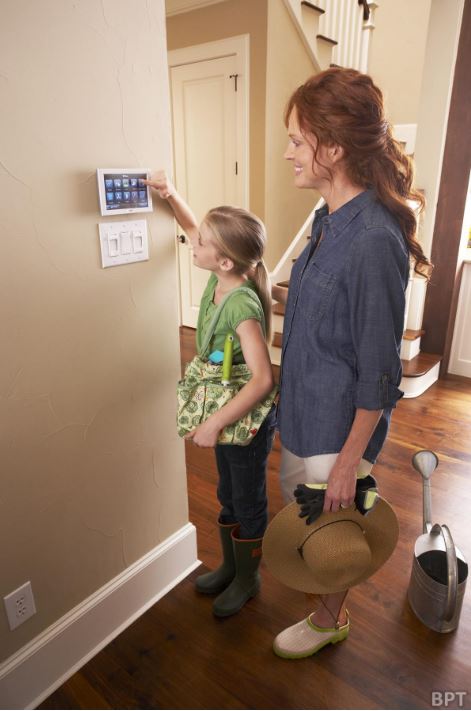 Save green indoors and out with energy-efficient home upgrades
Save green indoors and out with energy-efficient home upgrades
(BPT) – Spring is the perfect time to think green. For some it’s spurred by the coming of Earth Day, others the renewed greening of our lawns. And many are motivated by the desire to save a little green in their wallets with a fresh new season of home repairs. If you’re one of these people, you can help save some green for the planet, as well as your hard-earned cash, by making energy efficient upgrades throughout your home.
Helping the world stay green gained traction with the first Earth Day held March 22, 1970, as declared by Senator Gaylord Nelson of Wisconsin. As a nation, much has been accomplished with the environmental movement, yet there are also easy things you can do at home to “go green” and save money at the same time. Here are some tips for home energy efficiency upgrades indoors and out.
* Cool efficiently: When it comes to home energy bills, heating and cooling accounts for as much as half of the average home’s utility costs, according to energy.gov. Get ready for the hottest days of summer by tuning up your heating, ventilating and air conditioning (HVAC) system so it’s operating efficiently. Change your HVAC filters regularly. In addition, if your cooling system is more than 10 years old, consider replacing it with one that has a Seasonal Efficiency Ratio (SEER) of 20.00 for better savings. Trane’s XL20i, for example, can mean a savings of up to 60 percent on your annual cooling costs – that’s cool cash in your pocket.
* Programmable temperature controls: A programmable HVAC control can reduce energy consumption by up to 15 percent compared to traditional nonprogrammable thermostats. Today’s HVAC control systems, like the Trane ComfortLink II Control, now monitor indoor and outdoor temperatures, plus home energy use over time, to help you manage energy and comfort even further.
* Conserve water: Remember, water isn’t free. Indoors, lower water bills by installing low-flow water fixtures including toilets, showerheads and faucets. Outdoors, add a water-saving spigot for the garden hose. To avoid water evaporation, water your plants early or late in the day, and when your green lawn starts to grow, don’t mow too low. If you have lawn sprinklers, double check that they are set to water grass and shrubbery instead of the driveway or sidewalk. Rather than hose down your deck to clean it, save water by sweeping instead.
* Lighting: About 10 percent of the energy your home uses goes to lighting costs, according to energy.gov – in fact, by just replacing five of your home’s most frequently used lights with energy efficient ENERGY STAR bulbs, you could save $75 a year in energy costs. Compared with traditional incandescent bulbs, compact fluorescents can yield as much as 75 percent energy savings and last six times longer. You can save even more energy and wasted heat by switching to LEDs. Outdoor lights using CFLs or LEDS save energy, too, so look for ENERGY STAR qualified fixtures designed for outdoor use.
By taking these steps, you can help make the world a little greener, keep your home a little greener, and save even more green where it really hits home – in your wallet.

